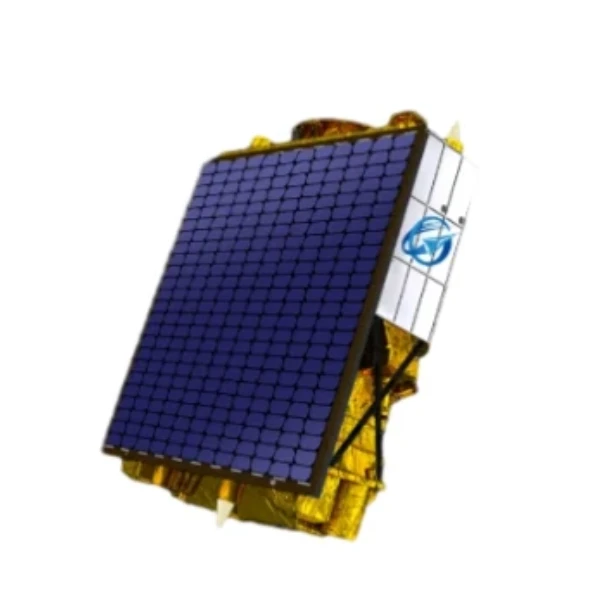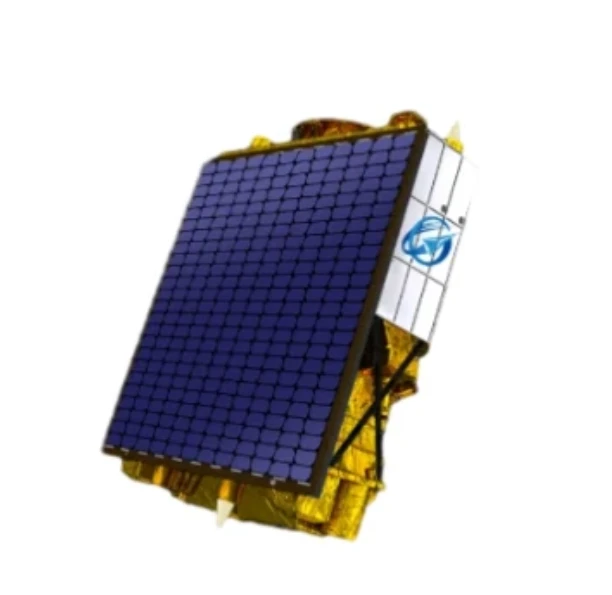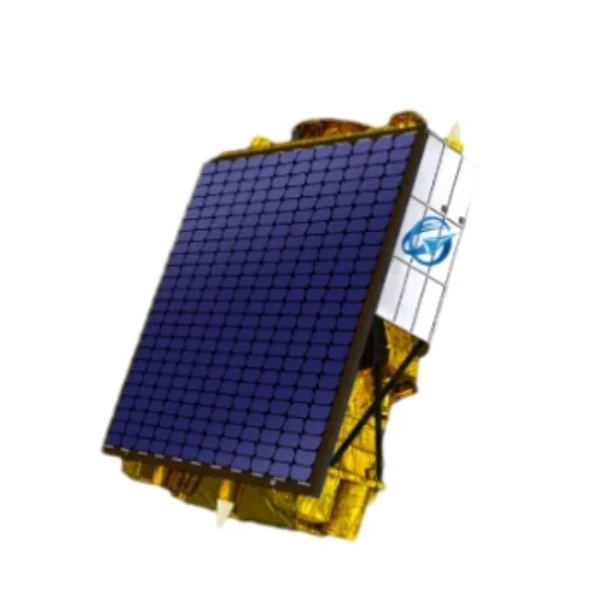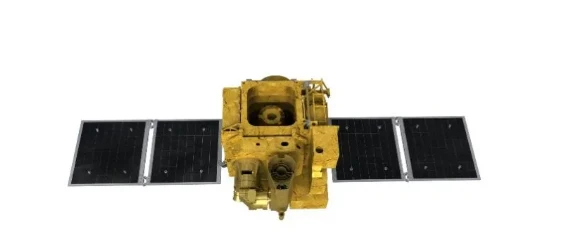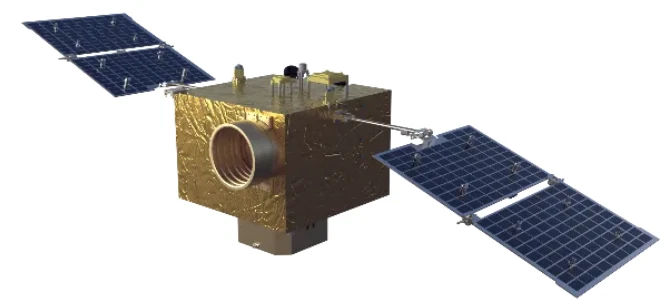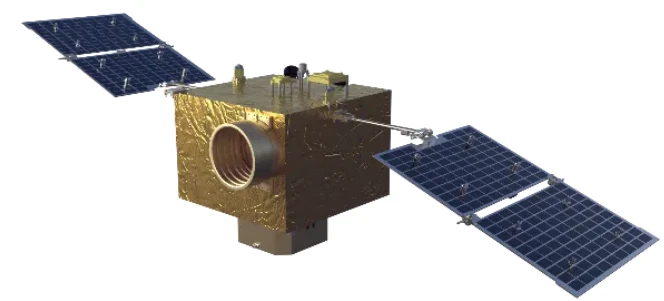
- Aferika
- Alapania
- Amharic
- Alapi
- Armenian
- Azerbaijani
- Basque
- Pelalusiana
- Bengali
- Bosnian
- Bulgarian
- Katalana
- Sepuano
- Saina
- Kosikana
- Croatian
- Czech
- Danish
- Siamani
- Igilisi
- Eseperano
- Estonian
- Finnish
- Falani
- Frisian
- Galician
- Georgian
- Siamani
- Greek
- Gujarati
- Haiti Kereole
- Hausa
- Havaii
- Eperu
- Leai
- Miao
- Hungarian
- Icelandic
- igbo
- Indonesian
- Aialani
- Italia
- Iapani
- Javanese
- Kannada
- Kasaka
- Khmer
- Rwanda
- Kolea
- Kutisa
- Kirikisi
- Leipa
- Latina
- Latvian
- Lituaniana
- Lusemipoukisi
- Macedonian
- Malagasy
- Malay
- Malayalam
- Maltese
- Maoli
- Marathi
- Mokoliana
- Myanmar
- Nepali
- Norwegian
- Norwegian
- Occitan
- Pasato
- Persian
- Polish
- Portuguese
- Punitapi
- Lomani
- Lusia
- Samoa
- Sikotilani Gaelic
- Serbian
- Igilisi
- Shona
- Sindhi
- Sinhala
- Slovak
- Slovenian
- Somali
- Sipaniolo
- Sundanese
- Swahili
- Swedish
- Tagalog
- Tajik
- Tamil
- Tatar
- Telugu
- Fa'a Thai
- Turkish
- tamaloloa Take
- Ukaraina
- Urdu
- Uighur
- Uzbek
- Vietnamese
- Uelese
- Fesoasoani
- Yiddish
- Yoruba
- Zulu
Tufatufaina o Malosiaga ma Vaega Pulea Pulea vevela
Oloa Fa'amatalaga
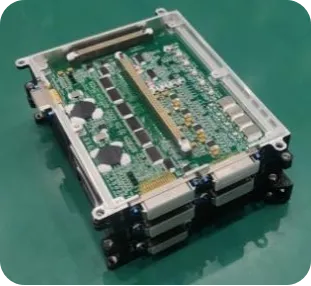
|
Code o oloa |
CG-DJ-PD-100 |
CG-DJ-PD-300 |
|
Tele teutusi/mm |
94mm×94mm×46mm |
150mm×120mm×57mm |
|
mamafa |
0.5kg |
1.3kg |
|
Fa'aaogāina Malosiaga |
1W |
8.5W (e aofia ai le fa'aaogaina o le eletise DCDC) |
|
Tufatufaina o Malosiaga |
10 alavai 12V/7 alavai 5.2V |
6 alavai 28V/8 alavai 12V/5 alavai 5.2V |
|
E fa'aulu e le fa'avevela fa'aili |
11 alavai, maualuga 2W i le alalaupapa |
15 alavai, maualuga 10W i le alalaupapa |
|
Temperature/Analog Input Data Collecting |
20 alalaupapa, 12-bit aoina |
34 alalaupapa, 12-bit aoina |
|
NEI Avetaavale |
2 alavai |
\ |
|
Pulea Fuse |
2 alalaupapa, 4~6A i le taimi nei |
2 alalaupapa, 5~6A i le taimi nei |
|
Ta'amilosaga Sapalai |
4 masina |
4 masina |
The Power Distribution and Thermal Control Management Unit (PDTCMU) is an advanced system designed to efficiently manage and distribute power while maintaining thermal stability in space-based platforms such as satellites and spacecraft. This unit integrates power distribution, thermal regulation, and system monitoring functions into a single compact module, ensuring the optimal performance of various subsystems onboard. It manages the flow of electrical power from solar panels or batteries to critical satellite components, while also controlling the temperature of sensitive equipment through advanced thermal control systems such as heat pipes, radiators, and thermal insulation. The PDTCMU is equipped with sensors to monitor both power and temperature levels in real-time, enabling dynamic adjustments to maintain the efficiency and reliability of the satellite's systems. It operates under extreme conditions, with robust protection against electrical surges, thermal fluctuations, and radiation, ensuring long-term mission success.











